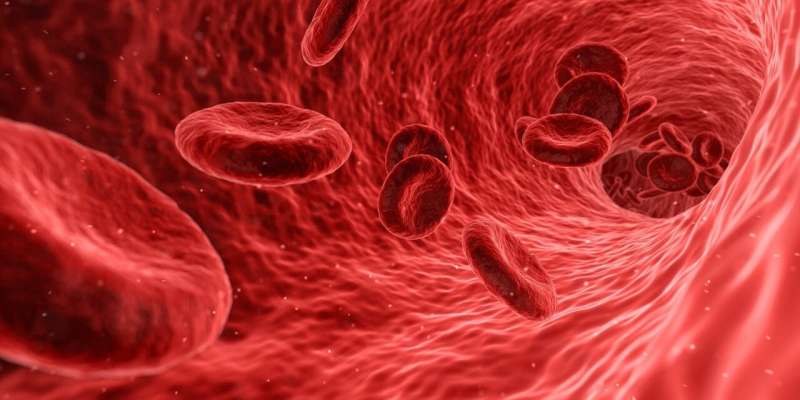Lowering Dietary Serine Can Accelerate Skin Wound Healing by Influencing Hair Follicle Stem Cells

Research indicates that reducing dietary serine can prompt hair follicle stem cells to prioritize skin repair, leading to faster wound healing. Discover how nutrient levels influence stem cell behavior and tissue regeneration.
Recent research from Rockefeller University reveals that reducing the intake of the amino acid serine in the diet may enhance the skin's ability to heal wounds more efficiently. The study uncovers how hair follicle stem cells (HFSCs), which usually support hair growth, can switch roles to aid in skin repair during injury. This switch is governed by a cellular stress response driven by serine levels.
The skin contains two main types of adult stem cells: epidermal stem cells responsible for skin maintenance and hair follicle stem cells. Interestingly, when the skin is injured, HFSCs can pivot from their usual function to contribute significantly to wound healing. This process hinges on an integrated stress response (ISR) that signals cells to conserve energy under stress.
Nutrient sensing plays a vital part in this process. The non-essential amino acid serine, found abundantly in foods like meat, grains, and dairy, acts as a key nutrient in skin health. When serine levels drop, the ISR is activated, prompting HFSCs to reduce hair production and redirect their energy towards skin repair, thus speeding up healing. This was demonstrated through experiments where serine deprivation led to a halt in hair growth, while injury further heightened this response.
Interestingly, forcing high doses of serine into the system doesn't necessarily boost hair growth due to the body's regulation mechanisms, which tightly control circulating serine levels. Nonetheless, preventing skin stem cells from producing serine internally, along with dietary serine restrictions, showed potential in partially restoring hair regeneration.
The findings suggest that manipulating serine levels through diet or pharmacological means could offer new avenues for enhancing wound healing. Future research aims to explore how other amino acids influence stem cell behavior and tissue regeneration, with broad implications for regenerative medicine and healing strategies.
Overall, this study highlights the critical role of metabolic regulation in stem cell fate decisions and tissue repair, especially under stress conditions where resource conservation becomes vital.
Stay Updated with Mia's Feed
Get the latest health & wellness insights delivered straight to your inbox.
Related Articles
Experts Emphasize Essential Steps to Minimize Stroke Risk During Awareness Month
National Stroke Awareness Month highlights crucial strategies for stroke prevention, emphasizing blood pressure control, lifestyle changes, and managing risk factors to save lives and reduce disability.
Measles Outbreak at Luna County Detention Center in New Mexico
A recent measles outbreak at Luna County Detention Center in New Mexico underscores the importance of vaccination in controlling the contagious disease amidst rising cases nationwide.
Gut Microbiome in Breast Cancer Patients May Help Prevent Heart Damage from Cancer Treatments
New research suggests that gut microbiome composition in breast cancer patients may help prevent chemotherapy-induced heart damage, opening avenues for probiotics-based protective strategies.



